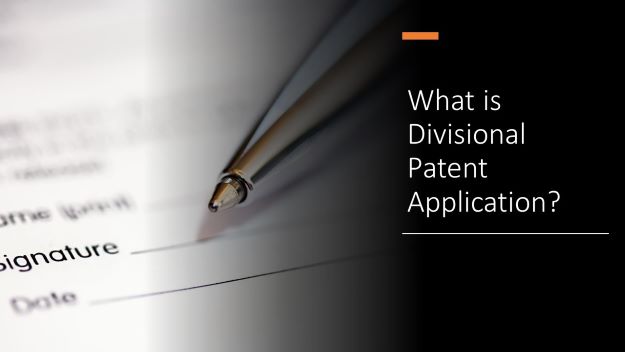But the divisional application is a separate patent application which is divided from an original application where the original patent application describes more than one invention. The divisional application benefits from the same filing date as the original application.
A divisional patent application can contain as much or as little of the parent application as the patent owner desires. This type of patent application is generally much faster to process than a normal patent application.
A divisional patent application can be used to cover a wide range of subjects and inventions. It is not a separate application that claims new subject matter, but it can include claims that are specific to the invention described in the parent application. This type of patent application is more useful when there are multiple ideas involved, such as when a single invention is not sufficient to cover multiple ideas.
A divisional patent application may be filed at the same time as its parent application. A divisional application cannot be filed if the parent application is granted, or if it is abandoned beyond the period of reinstatement. A divisional application may be filed after the parent application is refused, if it is filed within the time prescribed in the Patent Rules.
The date of priority for a divisional application is the same as that of the parent application. The patent term of a divisional patent is 20 years from the date of the parent application. However, a divisional patent application may be filed more than once.
The patent applicant may receive the same or similar objections as the parent patent application. The applicant may choose to argue against them or make amendments.
A divisional patent application can also be used to create a patent portfolio of different viewpoints on the same invention, making it more difficult for competitors to copy or design around the invention. In addition, a divisional patent portfolio may be a great tool for attracting new investors and obtaining public funding.
It is found that the patent examining authority usually is inclined to view divisional patent applications more liberally but that does not mean it is giving applicants a license to apply for divisional patents without discretion. This will influence how patents are drafted and prosecuted. It will also impact the quality of patent applications.
A divisional patent application is often filed as a continuation patent application if a parent patent application already contains more than one invention. This allows one inventor to get a patent right for one invention, while allowing the other inventors to obtain patents for a separate invention. But the examiner may feel that a certain portion of the claims should be assigned to another invention. If this occurs, the inventor must file a divisional patent application for the other elements.
Another type of divisional patent application is a continuation-in-part (CIP) application. It is provided under US patent law.
A continuation-in-part application is a type of divisional patent application, but it adds aspects of the invention to the parent application. A CIP application has subject matter not disclosed in the parent application but repeats a substantial portion of the parent’s specification and shares at least one inventor with the parent application. The CIP application inherits the priority date of its parent application for all material in the original disclosure but allows the inclusion of new matter with a new priority date attached to it.
I shall be discussing other types of patents in separate posts; do check them out.
Knowing the different types of patents, when and how must they be filed is critical not only for protecting the invention, but also for business expansion and growth. Therefore, designing the right patent strategy is key to effective business transformation / business turnaround.
Disclaimer: The content given on this blog is for educational purpose and not legal advise. Never self-handle patent suits. Always consult a registered patent attorney for any advice on patent matters.
Related Reading:
- Top Ten Strategic Decision-Making Tools for Operational Excellence
- How to cut costs strategically using Kaizen
- Top 30 Continuous Improvement Tools
- Top 10 Change Management models
Follow Shruti on Twitter, Facebook, YouTube, LinkedIn
Categories: Patents
Keywords and Tags:
#BusinessTurnaround #OpEx #operationalexcellence #patents #divisionalpatents #CIPapplications





















